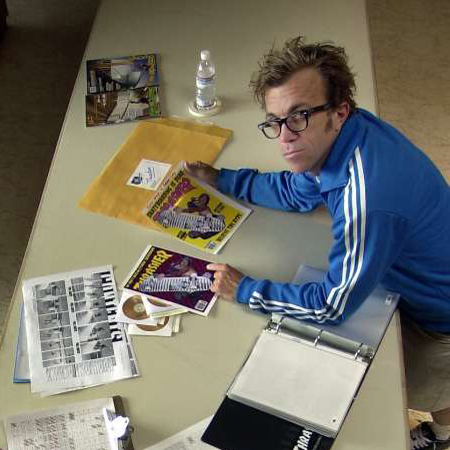“Say it Ain’t Southern”
Territorial markings and grease-pen sketches on trains make for a fascinating look at a piece of American history

by Chermelle Edwards

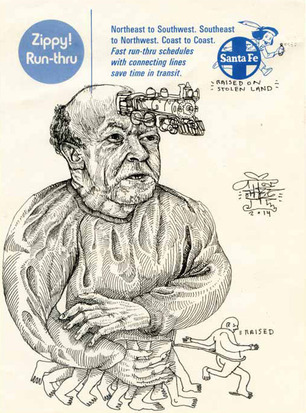
Fascinated with train culture and its resulting, reclusive history, Will Rhoten finds himself in the American crossroads of Dallas, Texas. Here, using Instagram as a tool, Rhoten documents the often unnoticed drawings and tags found on transcontinental freights in his local train yard. Recently, Rhoten found himself so enamored with these territorial markings and grease-pen sketches that he created a limited edition zine and curated a corresponding exhibition called “Say It Ain’t Southern,” featuring varied work by 25 artists. To gain further insight, we recently spoke with Rhoten about his introduction to train culture, artistic interests and creating a well-received zine that started as a passion project based an obscure slice of American history.
Tell us a little about how you became involved in this culture.
I used to go to the train yards with a buddy of mine in the later part of the ’90s and the early 2000s. We would go skateboarding and at the same time take photos and video footage but we never did anything with it.
I hadn’t been to the train yards for years. It was around Christmas Eve last year that I saw some trains laid up and I saw a bunch of new things that I hadn’t seen before, like markings. And, once I saw that, it sparked up an interest again—real quick.
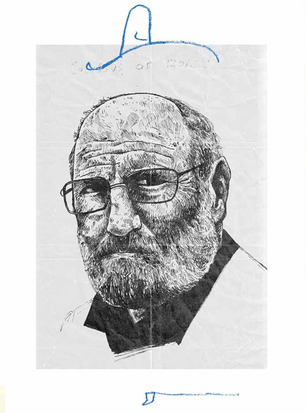
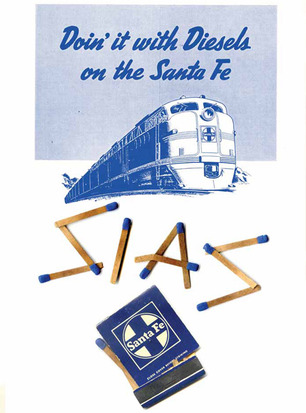
What did you hope to do with your rekindled interest?
At first I just took some photos. I posted them on Instagram and then it started turning into something else. Some of the documentation of this culture didn’t exist, and it started becoming more of a thing for me—I was going out multiple times a week and then I decided I wanted to bring my own look to it.
Describe the aesthetic difference in train culture artwork and standard graffiti.
None of these writers are using aerosol—it’s all grease pens, pre-dating New York graffiti which goes back to railroad workers and hobos. And, when you travel to other cities, you can notice regional styles on their trains like in Philadelphia and New York.
How has it been transitioning from documentary photographer to show curator?
It was a lot of work. And, the culture is a very niche thing—people have marked trains for years and they don’t do it to be recognized or to be in a zine or a show. A lot of them know each other, but there is a mystique to it. Once I got in contact with one guy, then they would let me know who else to talk too. None of it was originally planned. One thing led to another and it fell into place organically. And I realized, “Holy crap, I’m going to have to get in contact with 25 people.”
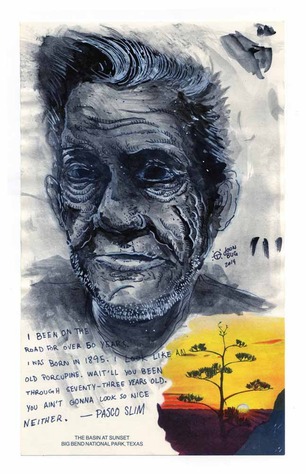
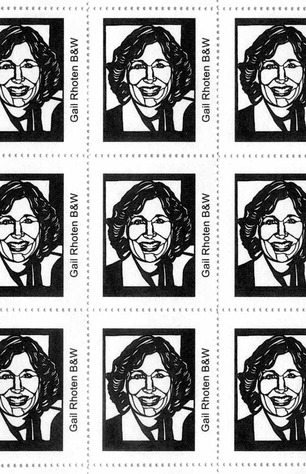
Tell us a little about how you put the zine together.
In the beginning, I selected a few people that I know. And the project was also about an aesthetic, so if someone had a style that fit the publication, I wanted them to be involved. I sent pages from an old Sante Fe Notepad to a lot of the artists and asked them to send them back to me so that they could be included. The zine is full of old postcards from the 1900s to railroad magazines from the 1940s, focusing on the train culture.
The zine also contains a story from a man whose uncle worked on the railroad and we put illustration to it. There’s Brian Butler of Upperhand Art—we connected through a mutual friend on Instagram and I was a fan of his work. He visited me while he was in Texas and I shared the idea with him and then he drew a page while we were watching a documentary on hobo graffiti with Bozo Texino (who is in the show). Some of these rail workers had lots of time to kill, so they came up with an alias and drew on these cars. Brian doesn’t do graffiti necessarily, but has a respect for it. That’s what’s great about the project; it wasn’t all about people who hit the most trains but about aesthetic.
Do you think there’s one reason that people have reacted so enthusiastically to the zine and the show?
They saw the imagery and liked it online. There have been similar shows but not in Dallas, not like this. This has more folklore and history involved. It’s American culture, it’s underground and unknown and that interests people.
“Say It Ain’t Southern” is on currently view at The Public Trust Gallery (located at 2919 Commerce St, Dallas) until 12 October 2014.
Images courtesy of Will Rhoten
